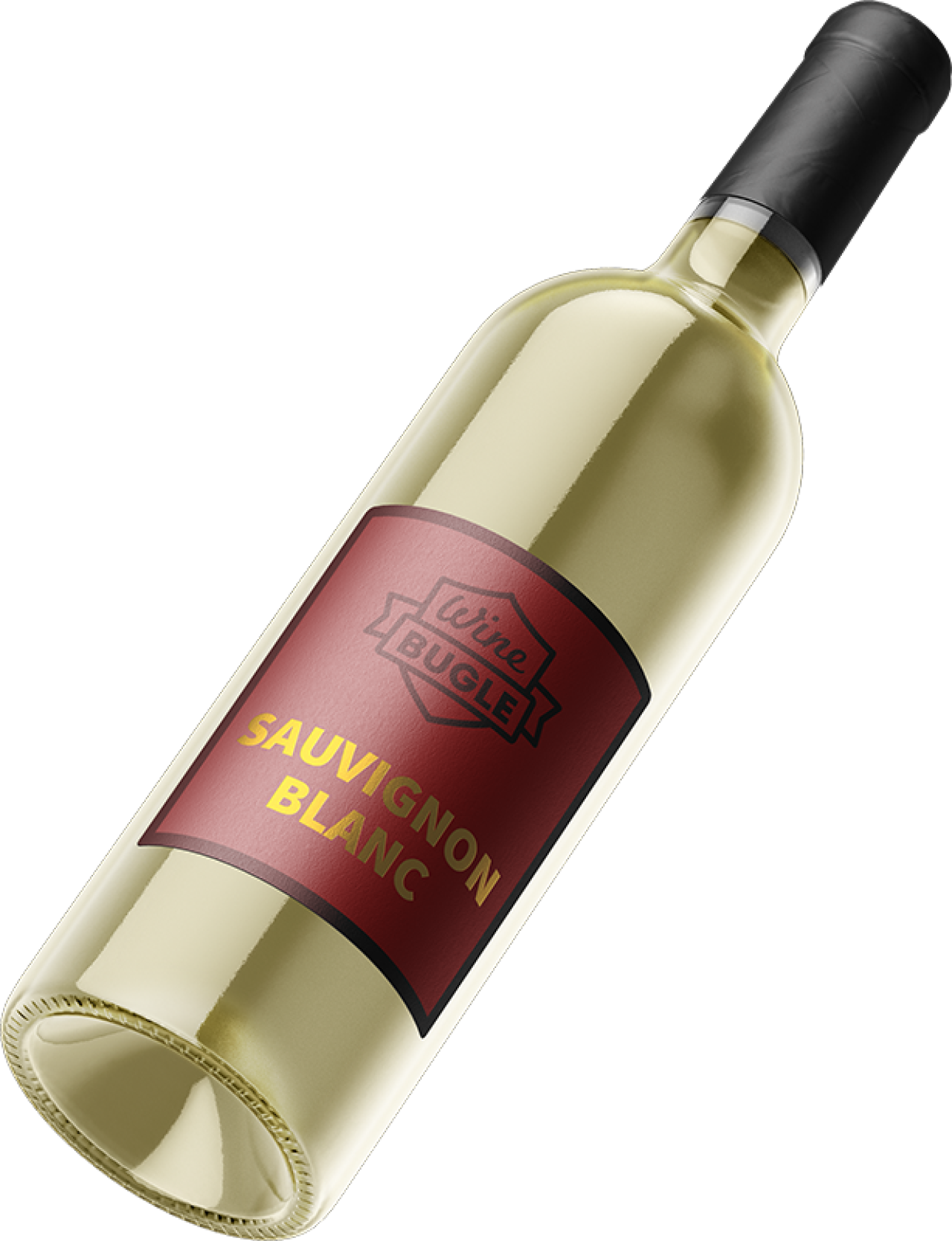Origins of Sauvignon Blanc
Originally from France, Sauvignon Blanc is the eighth most planted grape variety in the world and produces some of the most famous and expensive wines.
It is the progenitor of Cabernet Sauvignon and seems to originate from the Bordeaux area where it is still cultivated today for the production of some of the most famous and expensive sweet wines in the world.
Today this vine is widespread all over the world and vinified both alone and in blends.
Intensely aromatic and refreshing, Sauvignon Blanc can produce crunchy and fresh white wines that are mainly drunk young or sweet botrytized dessert wines that can age for decades.
It has its own International Celebration Day on May the 3rd.
Where it is grown
One of the most interesting features of Sauvignon is to be extremely adaptable. It covers 123,000 hectares worldwide and is grown in California, Mexico, Chile, South Africa, New Zealand, Australia, Italy, Spain, and Portugal.
Generally speaking, wines made in cooler climates (like the Loire Valley, for example) have a more vegetal character, while in warmer climates (New Zealand, Australia) this grape will express notes of exotic fruits. If grown in too hot climates it can lose its typical acidity and aroma: in Australia and California it is often too heavy.
In France, Sauvignon Blanc is mainly grown in the Bordeaux and Loire Valley. In the Loire Valley, it produces very popular whites such as Sancerre and Pouilly-Fumé. In Bordeaux and around Bergerac it is blended with Semillon for the production of dry wines. In the area of Sauternes, it is blended with Semillon and Muscadelle to produce some of the most luscious and expensive sweet wines, from botrytized grapes.
New Zealand is certainly a home away from home for Sauvignon and the country has gone mad for this grape variety, as it grew from 2,400 hectares in 2000 to 20,500 hectares in 2018. Its favourite spot in the country is Marlborough but it is also grown with excellent results in Hawke’s Bay and Nelson.
Flavor and Style
Dry wines from Sauvignon have a bright straw yellow color with vivid green-gold nuances.
The aromatic palette is wide and very intense to the point that this grape is considered almost an aromatic variety. Most Sauvignon aromas will range from notes of green apple, gooseberry, white flowers, citrus fruits, exotic fruits (kiwi, passion fruit), and in some cases stone fruits (white peach, nectarine).
The taste expresses great freshness and sapidity, excellent acidity, and good structure, with elegant and persistent vegetal sensations. The alcohol content is rarely high and the body is normally medium to light.
Sauvignon Blanc food pairings
Sauvignon dry wines have a strong vegetarian vocation. They are suited to all aromatic herbs and love lemon and citrus fruits in general.
Hence, this grape is ideal to accompany vegetable tarts, soups, and salads, but it goes well with all creamy sauces containing herbs. It is perfect with pasta with pesto, lemon chicken, or asparagus. Its light body makes a great match for fish and seafood, and the low alcohol content and great acidity are key with spicy food. It also goes well with goat cheese.
Comparison with other grapes
You can find out how Sauvignon Blanc compares to Chardonnay and Pinot Grigio in our dedicated articles.
